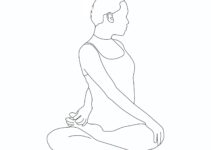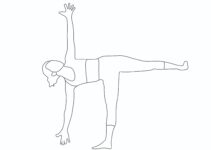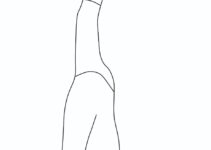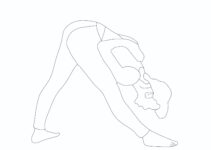What is the diamond pose in yoga?
The diamond pose is also known as Vajrasana or thunderbolt yoga. Vajrasana is a simple sitting, meditative yoga pose with many essential benefits. Vajrasana consists of two words: vajra means ‘Diamond’ while asana means ‘yoga posture’. The steps, instructions, and how to do the diamond yoga pose are easy to understand. Many people find this thunderbolt yoga a little uncomfortable initially, as ankles and knees tend to ache, but with practice, this asana has become comfortable. This yoga pose is used by the Muslims in Namaz and forms the basis of many sitting yoga poses. Buddhists also use it for meditation purposes.
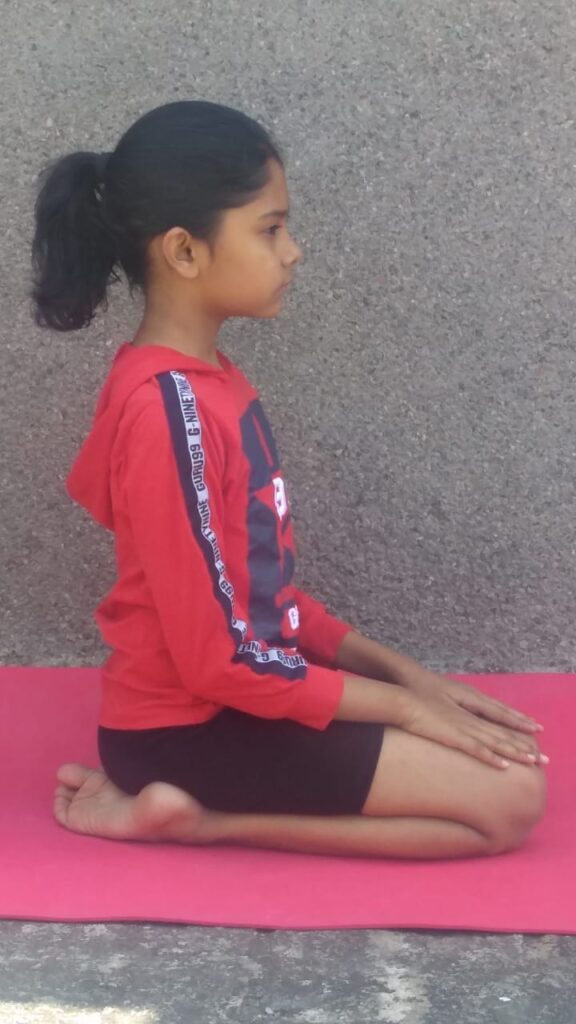
Vajrasana: a form of spiritual sadhana
Vajrasana is a Sanskrit word, and vajra means ‘thunderbolt’. The psychic vajra nadi is a vital energy pathway that carries nervous impulses of the genito-urinary system from the brain. Tantric Buddhism uses vajrasana, which utilises sexual union as part of its spiritual sadhana. Vajrasana is said to enable the practitioner to gain control over sexual functions and direct the energy towards expanding consciousness.
Diamond pose steps: how do you think I could do it?
- Kneel on the yoga mat with your knees slightly apart.
- Adjust your feet so that the big toes touch each other.
- Keep your arms beside the body and hands on the knees.
- Bring the buttocks downwards upon the heels.
- Try to sit on your heels.
- Keep your head, neck, and back in one straight line.
- Do inhaling and exhaling slowly.
- Relax the whole body.
- This is the final pose.
- Maintain it initially for 30 seconds and after practice, continue as much as you can.
Beginners tip
Initially, for beginners, it isn’t easy to sit on their feet. However, it can be done with the support of arms, and gradually, it will loosen your leg muscles and enable you to sit on the heels. Even if it feels discomfort, bear it, followed by the support of your arms. Now, again, sit on the heels. After some time, one will become perfect and enjoy performing the pose technically correctly.
Unique contraindications of diamond pose
Generally, it is recommended that yoga poses shouldn’t be performed after having a meal. But this is one of the few yoga asanas which can be performed after meals. Here, it contradicted with other yoga poses. Vajrasana should be practised for five or ten minutes after meals because it is a very relaxing position, conducive to a calm mind and body, and thereby stimulates the digestive processes working in the stomach.
Top 11 health benefits of the diamond pose
- Meditative yoga: Vajrasana is an excellent way to surrender to Dhyan and Samadhi.
- Improves digestion: Vajrasana should be practised just after meals because it’s relaxing in nature, which results in calming your mind and body. All these stimulate the enzymes and juice secretion and are suitable for food digestion. It also helps in the case of ulcers and acidity.
- Sacral or sciatic problems: The person who is having sacral or sciatic infections or problems should start performing it to overcome the issues.
- Spinal health: This is one of the best yoga poses for the health of the spinal column,valuable as one has to make one’s neck and back straight and stretched while performing it.
- Thighs and calf muscles: It is a useful yoga pose to strengthen the thigh and calf muscles as these regions experience appropriate stretching while performing.
- Lower back pain: It is also beneficial to overcome back pain because while practising the yoga pose, one has to keep one’s back and neck straight.
- Stress buster yoga: Meditative yoga helps to calm and stabilize your mind and body thus beneficial in relieving stress from the body.
- Helps in childbirth: It helps to strengthen the pelvic muscles, prevents hernia, and aids in delivery.
- Knee and ankles health: Initially, pain may be felt in the knee and ankle regions, but slowly, it will make both ankles and knees stronger.
- Improves concentration: The practice of the yoga pose helps to improve engagement and also awakens compassion.
- Kundalini Shakti: The practising of the yoga pose sensitises all seven chakras and helps the practitioners raise the kundalini energy in the upward direction of the spinal column.
Vajrasana Versus Sukhasana
While performing Vajrasana, the spine has to be straight and erect, whereas, in the case of sukhasana, the spine is somewhat slumped forward. For this reason, Vajrayana is far superior to Sukhasana.
Diamond pose precautions
- Knee and ankle problems: If you feel pain or discomfort in the region of your ankles and knees, it shouldn’t be practised.
- Piles: The person suffering from piles shouldn’t perform it.
- Toes injury
- Hamstring or calf injury
- Arthritis
- Pregnant women should slightly keep their knees apart to skip pressure on the abdomen.
- It should also be avoided if somebody has a spinal injury or intestinal one.


